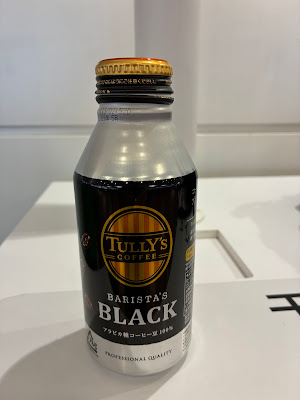Yesterday, and the day before, I explored Tokyo by bike. Now I am riding something much faster than I ever could be, or could have been, on two wheels: one of Japan’s fabled “bullet” trains, headed for Osaka.
Yesterday I met Ava, her brother Alex and their mother and grandmother in Shinjuku Guyoen National Garden. Ava was trying to find a turtle she’d spotted in one of the Japanese formal garden’s pools. I pointed out two fish—giant carp, I believe—I saw. She had already seen them and was determined to find the turtle. “Maybe it’s playing hide-and-seek,” I said.
“He’s being mischievous!,” she exclaimed.
We watched and waited. “Do you like to draw pictures?”
She nodded. “And I like to write stories.”
“Maybe you could make a comic. “The Mischievous Turtle.That would be a great name!”
Her eyes lit up.
She’s eight years old. I think she has a great future. Forget that: I think she has a good present.
I can’t help but to wonder whether her imagination is stoked by the trips she’s already taken, courtesy of a relative who travels for his job. Her mother told me they were going to Osaka. “We’re flying,” she explained because of the relative whose business brought them here. I can’t imagine that it’s much faster—or any better—than this train.
For that matter, I don’t believe it beats cycling. While Tokyo is not Amsterdam or Copenhagen, I saw plenty of people pedaling to work, or wherever they were going. In fact, this morning I saw families riding together—a Sunday morning ritual, perhaps?
One striking similarly I saw with the European havens of everyday cycling is in the bikes people ride: completely utilitarian, almost invariably equipped with fenders, lighting, racks and baskets. Some, mostly young, people were astride lightweight road bikes and I even saw a couple of randonneuses complete with canvas front and rear bags and hammered fenders. But I didn’t see (or perhaps I just didn’t notice) any high-end off-road bikes.
I can’t help but to think that there is so much transportation and recreational cycling in a city as bustling as Tokyo because there is real support for it. While a few bike parking facilities have opened in New York, they are only in “prime” locations. Tokyo, on the other hand, has placed them not only in such spots, but also in underused spaces like those under bridges and overpasses. Moreover, they are convenient for people who, say, want to shop or go to a cafe: Parking is free for one to three hours, depending on the location.
When the bike is wheeled into the spot, the front wheel is locked in automatically: If you have ever returned a Citibike or other shared bike to its portal, you’ve seen something similar. Each slot is numbered, and to retrieve the bike, you tap in the number. If you have left your bike for more than the allotted time, you will have to pay,100 yen (about $1 at current exchange rates) per hour.
Even where such facilities aren’t available, you can leave a bike and be relatively certain it will be there when you return for it. At the entrances to the Meiji-jingu shrine and Shinjuku, there are designated bike parking areas. The bikes, except for a Cannondale racing machine at Shinjuku, were unlocked. And that bike had only a minimum-security cable wrapped around its top tube.
Perhaps most important of all, I haven’t sensed the same animosity toward cyclists I have experienced in New York and other American locales. Drivers don’t double-park in unprotected bike lanes and where pedestrians and cyclists share sidewalks, each is almost deferential to the other. Perhaps this attitude has to do with the fact that most cyclists are riding practical bikes and wearing their work or everyday clothes. There is also, I believe, simply more of a communal sense: People don’t feel as entitled to, and are therefore less likely to battle for, space.
You don’t have to be a mischievous turtle to cycle here. I have felt comfortable while riding from the moment I went out with Sho and the group on our tour. I only had to remind myself that drivers—and cyclists—travel on the left, like the British.



































